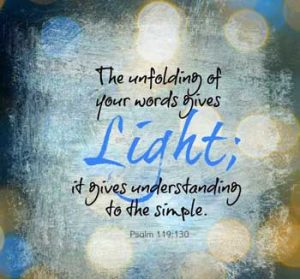Here’s a statement from the internet this week: “Bibles are not translated by atheists. If they were, maybe they would be more accurate” — Ray Smith. This was in answer to a question about which translation would be best to use.
It was so much easier when I became a Christian. Choices were limited to the King James Version, overwhelmingly the most used translation, and perhaps the Revised Standard or the novelty of Moffatt’s translation. Of course, as an evangelical, it was King James only! We did not have study editions of the Bible for men, women, teenagers, mothers, dog lovers, you name it! It was either Scofield’s Reference Bible, Thompson’s Chain Reference Bible, or the little known Companion Bible.
Then came J.B. Phillips’ paraphrase, then the Revised Standard (Per)version and the New English Bible, and the floodgates were open. Now we have a confusing array of so-called “literal” translations and paraphrased versions, and even one that can’t decide what it is, which I affectionately know as the Not Inspired Version! (Excuse my sense of humor!). Two major attempts were made to produce a translation not influenced by the theology of the translators: Grant’s Numerical Bible and the Concordant Literal N.T., neither of which caught on but did have their devoted followers.
And what do I use? I preferred the New King James Version for many years, and in the last three or so years I’ve used the English Standard Version… but I admit to still thinking in King James’ terms since I had memorized so much of it.
[Added}
Download a free copy of Choosing a Bible by Leland Ryken, for a good explanation of why I prefer an essentially literal translation.




I use the Concordant Literal N.T. mostly, I see it as a good literal translation.
It is true that bible translators could have altered the meaning of some scriptures due to their theological bias or preconceived notions as the case may be. Whether consciously or unconsciously I wouldn’t know. I use the New King James version at the moment but still refer to other translations for better meaning to some seemingly complex texts.
I believe strongly that the Holy Spirit is with us to guide us into all truths, having said that the Bible has a central theme as some people say the bible is “christocentric”.
I study the scripture with this truth at the front of my mind. “The testimony of Jesus is the spirit of prophesy” (Revelations 19:10)
Good one!
Having another version jogs my mind to reconsider what the verse is really saying without the associated theology I had at the time when I first memorized the verse. ESV reads as smooth as silk, but when it is time to compare meanings—the King Jimmy comes into its own.